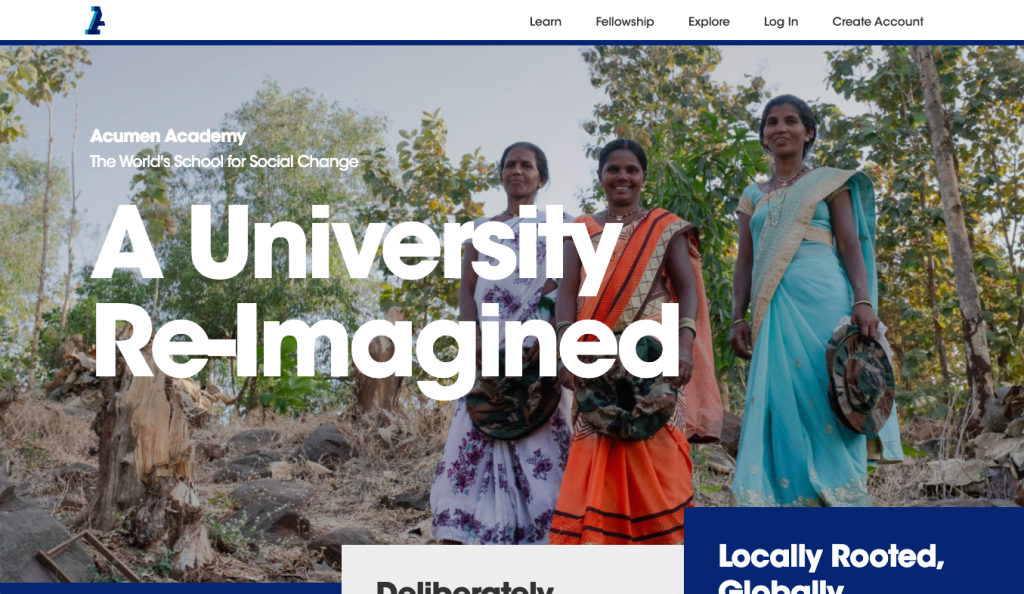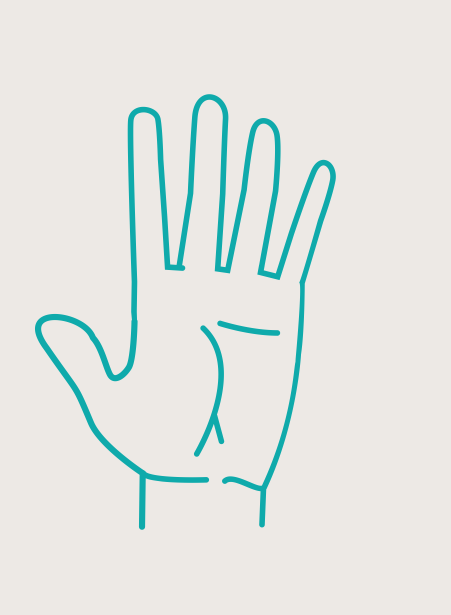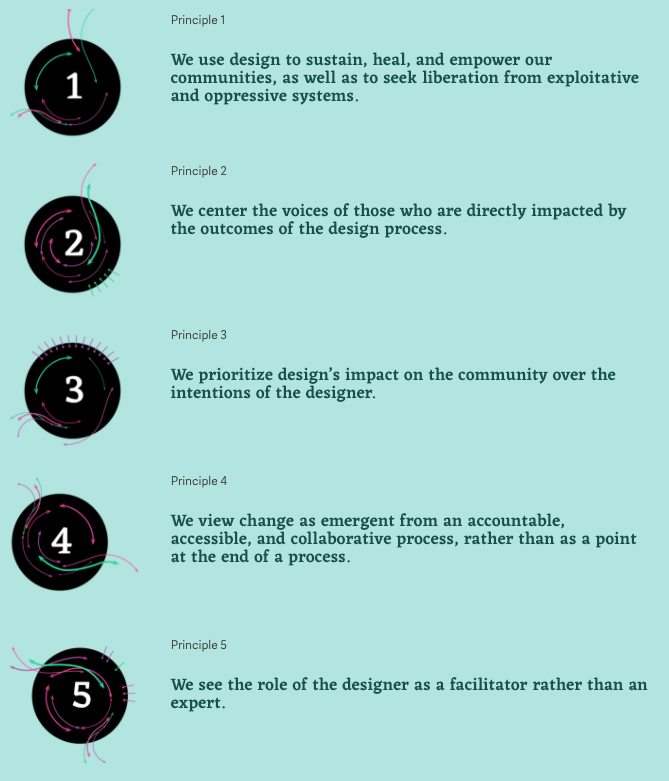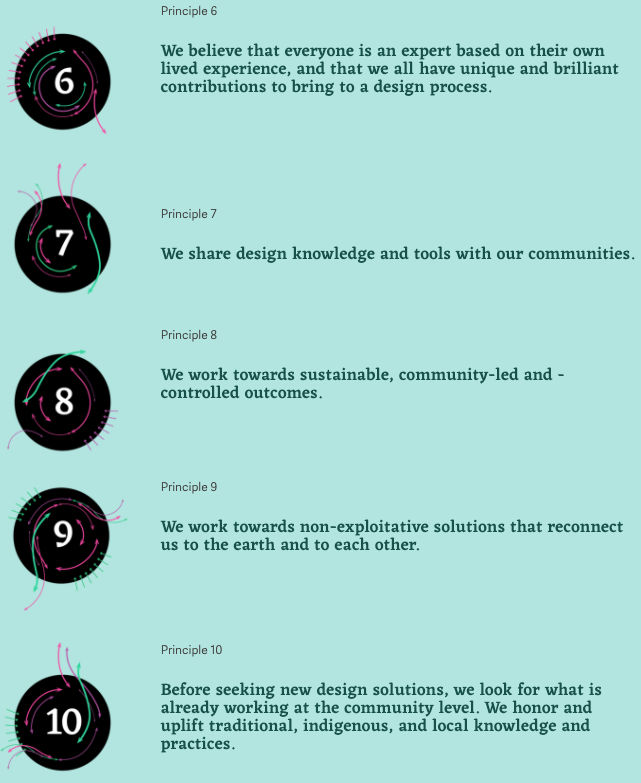In my early 20’s I ended up being drawn to a methodology called design thinking, starting in university in Finland where I was surrounded by plenty of buzzwordy places like a “Design Factory”, accelerators, social innovation bootcamps and more.
Design thinking is an iterative process and set of tools to research, co-create, ideate, prototype and produce based on empathy and immersion with the subjects. It applies ethnographic tools as qualitative research but goes further in using storytelling to identify the needs, desires and wishes of those who we design for and with. These are then evaluated against desirability (first) as well as feasibility and viability (second). Perfect I thought!

My encounters with design thinkers or practitioners of social design were all with people from previously colonized countries who were actively challenging a post-colonial status quo as well as an established and often corrupt or at least stagnant network of NGOs. It seemed too often that NGOs were not too interested in trying new ways to really address issues at hand and consequently uplift the people they should serve as that may render them less likely to get their hands on the new funding pot. It felt great to see that we share similar sentiments on the need to reform and innovate within the humanitarian sector from less of a “charity” standpoint but with a stronger focus on communication, direct engagement and iteration in workflows.
Design thinking as a practice is not even a century old, as explained by its practical pioneers. It was all about bringing together elements from engineering, aesthetics and business and looking at the emerging solutions to complex situations through a clearly subjective lens. It is this encouragement of subjectivity that I believed could heal wounds created by reports and approaches in development work that were often communicated and perceived as objective. Through IDEO the more specific set of tools called human-centred design and its accompanying field guide were created for the humanitarian sector.
Their online portrayal or real case studies of applied human-centred design shows participants of the Global South as actively engaged in the design process, as holding agency and truly having a voice in the design process. While I lived and loved design thinking as a process I always could not quite shake a sense of dogmatism in it all. As if it was coming a bit too close to a missionary way of acting in what IDEO still calls the “developing world”.
However, it was the practitioners I met and their critical mindsets that convinced me to stay true to it.
On one of my field trips in 2013 I joined Acumen Academy’s hybrid course on Human-Centred Design 101 merging online learning sessions with real-life group work and research activities. The team aspect increased commitment to the course and to its milestones since online courses usually have a very high drop-out rate of up to 80%. The way I want to critically look at this course offer now does not mean that I have identified Acumen Academy as an evil-doer but rather that I believe that they are part of a system that only changes the way humanitarian work is done in small iterative steps but shies away from engaging in a self-reflective process along the way thus adding to a neocolonial machinery of producing (white) saviours under the guise of creating equal access and agency for all as I believe that also being drawn to Western approaches could make people of any backgrounds susceptible to (white) saviourism.

It was through my exposure to many of these online mini-courses that I became more self-critical of the process that I advocated for. How could all of us, with varying levels of experience if any, be encouraged to immediately and without supervision engage with communities we knew very little of and design solutions to complex systems just because we felt we very empathetic enough. I admit, the tools of design thinking foster great conversations and allow people to share in many different ways and they sure facilitate a holistic approach to problem-solving. But it all seemed a little too easy.
As mentioned in episode 5 of The Missionary podcast by journalists Golla, Gikandi and Burnley many communities exposed to white saviour tourism/volunteering prepare “problems” like an unfinished school wall for the arriving do-gooders to “solve”. Was design thinking heading into a similar direction, was it becoming more of an industry that supports those who “do” the design rather than those who “receive” the design?
By now there are already plenty of critics out there that work to counter the catchy buzz(words) of the design bubble, such as the Allied Media Network’s Design Justice Network that want us all to “think about the process and power dynamics of design across multiple axes of oppression.” (quoted from Benjamin’s Race After Technology). It is also Benjamin who questions whether we should even stick with the terminology of design at all as she sees it as a “colonising project” in that it is meant to be applicable in all contexts and is happily shaped by a Western industry.
And she is not the only one noticing the colonial aspect as academics from the African continent note:
There is a need for decentring Western design in order to decolonise African design.
Amollo Ambole, Rethinking Design Making and Design Thinking in Africa, 13.07.20
However I believe, and she mentions that as well, that many ideas of design thinking stem from the work done before it like pedagogues, philosophers, activists, technologists, community builders and more. These links, especially to those shaped by and in the Global South, need to be highlighted and represented accurately. The knowledge needs to be transferred to those becoming active in design thinking as I do not believe that the buzz of learning IDEO’s approach will subside any time soon. Maybe a wokeness bootcamp should come at the start of each course? A more evidence-based research approach? Pedagogical tools such as role playing, theatre of the oppressed, learnings on craft-based design? Economic theories to counter the prevailing neoliberal thinking of the origins of design thinking?
Well-known platforms presenting developments and discourses in the field of design are also chipping in to a more self-critical view:
Realising that the standards we’ve been taught are not universal is key to decoloniality.
Anoushka Khandwala, What Does it Mean to Decolonize Design?, 05.06.19
The Acumen Academy is led by a highly diverse team with a “globally connected, locally rooted” approach as stated on their website. Reaching millions of learners globally they have the chance to change the narrative around design thinking. Increased access to digital learning offers a chance to engage in critical self-reflection on a massive scale and in a way it has not been done before. Instead of turning learners into moulded design thinkers/practitioners according a one-fits-all model, they could utilise online tools support a more reflexive approach that takes into account the surrounding systems of oppression. That is, if their funders, such as Unilever, American Express and others, allow…
I do not know what to expect from players like Acumen Academy but I am joining the movement to support the decolonisation of design, a lengthy progress that many activists have already outlined in a three-phase process that looks at academia, design education, practices and archiving of knowledge among others.
If this movement gains momentum and can reach those that eagerly search for online learnings and offerings of accreditation like the online course mentioned I think there is a chance to turn around the wheel of design thinking and its impact as there surely is one since qualitative and immediate impact on communities in one of the core focal points of the approach.
Where does that leave me? Am I a recovering design thinker? A design justice activist? I am not yet sure but I am yearning for conversations around the transformation or dismantling of design thinking as the one-fits-all problem-solving approach. What are your thoughts?




